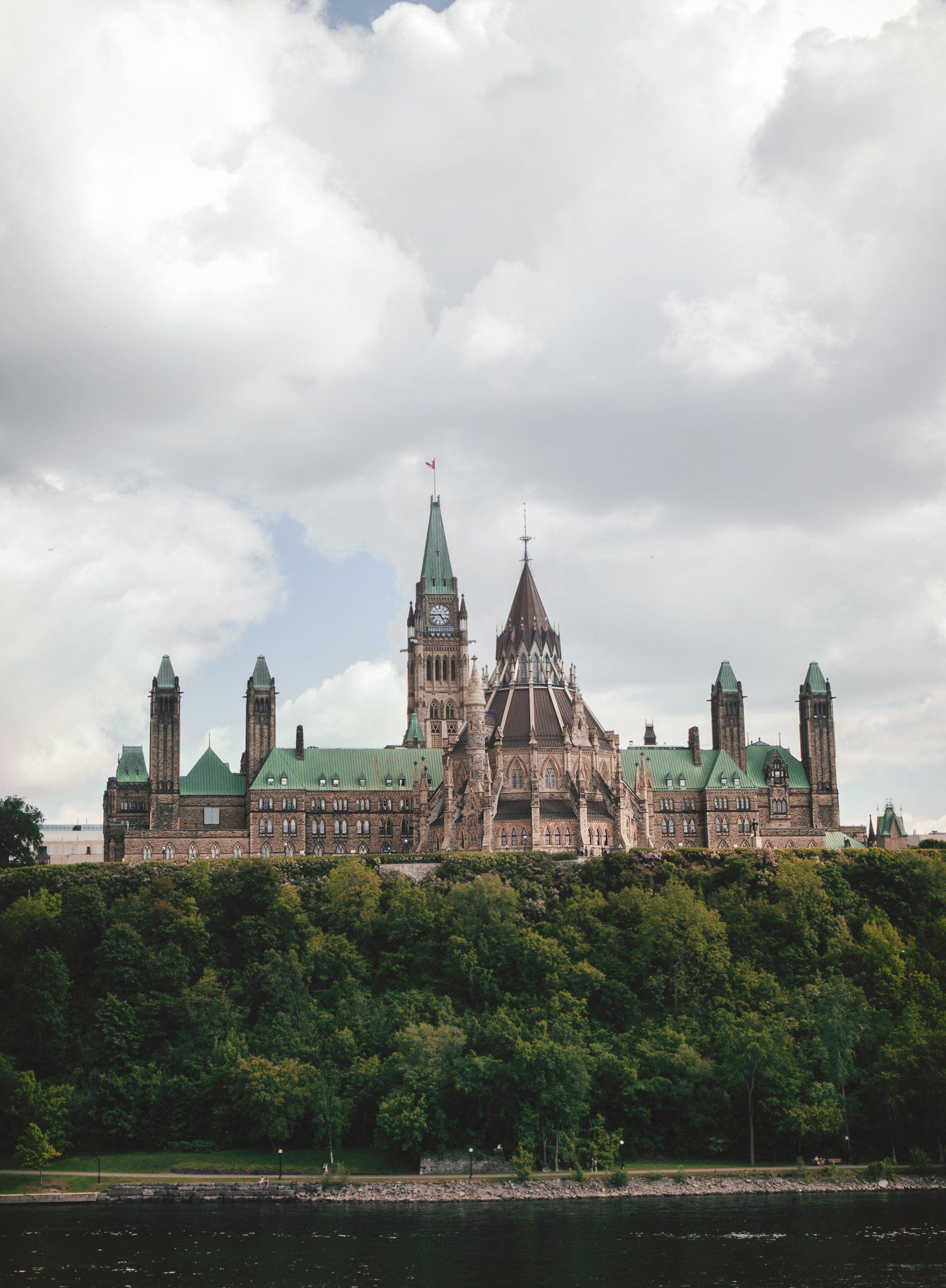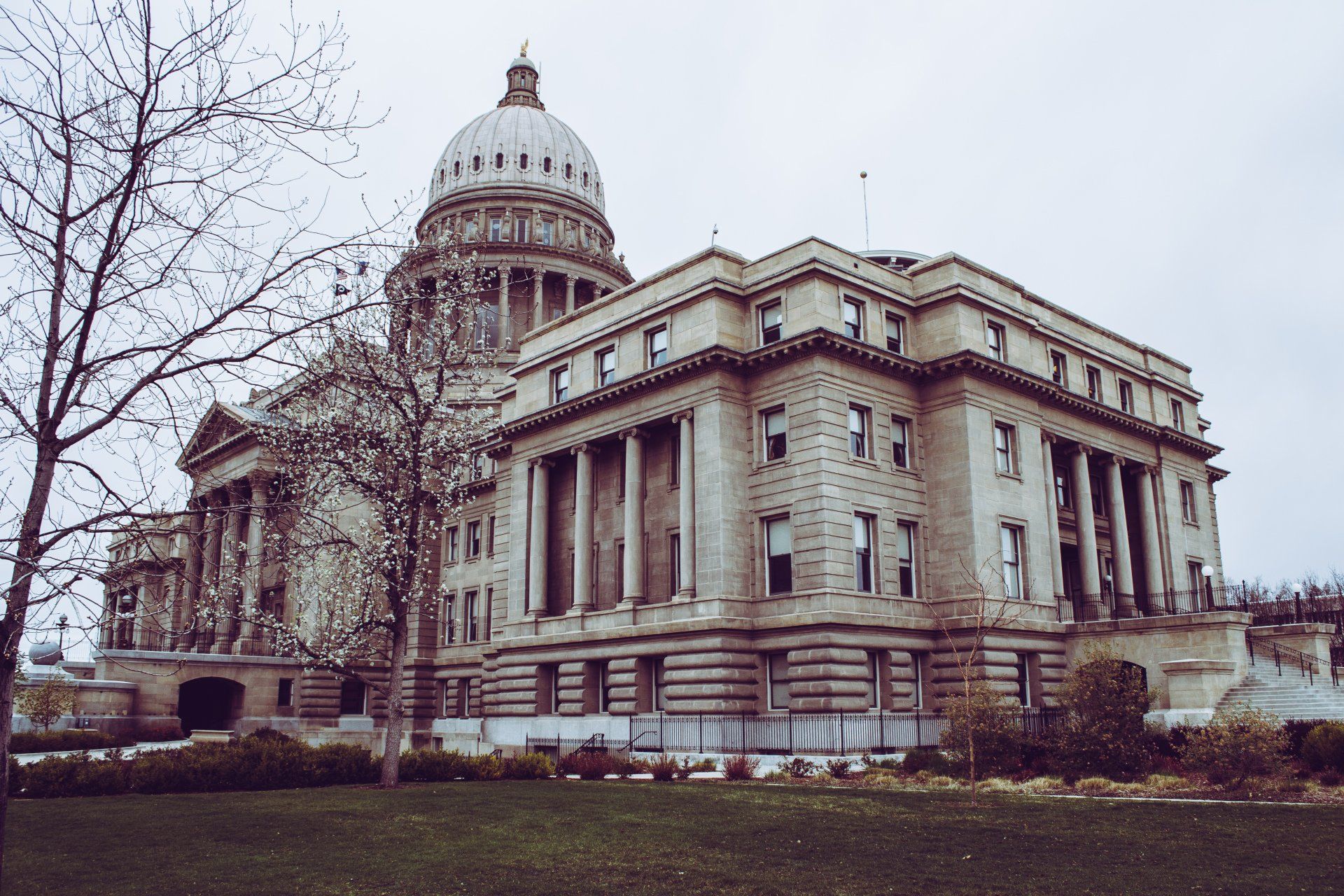Controlling Forest Fires
Do Fire Management Techniques Do More Harm Than Good?
The natural environment is heavily affected by forest fires. Fires can damage vegetation, destroy the food source and homes for wildlife, and impact communities and populations in heavily forested regions. While some larger and older trees can survive fires, smaller plants and trees are usually destroyed in the process.
In the United States, 85 percent of forest fires are caused by humans, usually from unattended campfires, negligently discarded cigarettes, the burning of debris, equipment use/malfunctions, and intentional acts of arson. In Canada, 45 percent of forest fires are started by lightning.
Forest fires can devastate local areas, especially when caused by human activities. But forest fires also play a role in the natural environmental cycle by replenishing nutrients and creating new habitats.
In this article, we’ll explore how forests are managed and whether those techniques are beneficial or harmful to forests, humans, and the climate.
Forest Management Techniques
Fire adaptation and fire suppression are the two main categories of management. Fire adaptation uses use multiple tools to allow communities to live with wildfire without harm. The techniques identify risk, mitigate it, and continuously maintain the efforts over time. Fire suppression, on the other hand, is used to put fires out once they’ve already been ablaze – meaning they are much more costly to implement and maintain.
Fire breaks are the most popular tool to reduce the risk of a forest fire. Breaks are made up of manually cut open areas of trees and vegetation that are used to stop fire spread and protect greater areas of forest. This can also be done with logging, in which greater areas are cut down to reduce the risk of fires.
Thinning forests of weak and diseased trees make room for healthy trees, specifically root rot-resistant trees, which are less susceptible to fire than diseased trees. The healthier trees that grow after a forest is thinned are less likely to burn due to moisture retention, compared to diseased trees that become dryer and provide fuel for fires.
Controlled burns are used to remove the debris on the forest floor, which can ignite and further spread fires. By controlling the area in which it burns, healthy trees and vegetation can be somewhat preserved while reducing the risk of large, out-of-control fires.
Arguments In Favour of Forest Fire Management
Climate Change Mitigation
Forest fires and climate change have a cause-and-effect relationship. With rising temperatures and massive droughts, forest vegetation dries out faster and more thoroughly. These conditions make brush extremely easy to ignite which makes fires burn further and wider. Global warming has also extended the forest fire season by extending the time when the weather is warm and dry enough for fires to occur.
When fires do start, they release massive amounts of emissions. Fires contribute 1.76 billion tonnes of carbon annually, which accelerates global warming and directly leads to increased temperature. Projections show an annual increase of 1 degree Celsius would increase the annual median burned area by 600 percent.
The only way to decrease emissions caused by forest fires is to decrease the number of fires – which requires mitigation strategies. The United Nations Reducing Emissions from Deforestation and Forest Degradation (REDD+) is working to implement national strategies, including monitoring systems and safeguarding information systems. Through this, individual nations are taking control of forest fire management and protecting the climate from these emissions.
Preserve the Forests & Reduce Future Risk
As a consequence of climate change, the natural abilities of forests to resist and prevent fires have been damaged. Therefore, forest management is crucial for reducing the risk of fires and preserving the forest. Compared to fire-suppressed forests, ecologically managed forests have proven to be the best technique to prepare forests to withstand fires. Specifically, prescribed fires and thinning have been shown to be the most effective preservation method.
Prescribed fires remove heavy dry brush and vegetation under trees to help reduce the spread of fire. Without excess fuel, fires are more manageable and smoke emissions decrease. Fires are also less intense, as the structural diversity and patchiness created by prescribed fires moderates the intensity of future fires. Without this effort, fires will ultimately burn hotter, longer, and farther.
Thinning removes the majority of dead or diseased trees/vegetation. This practice focuses on protecting the oldest and healthiest trees while creating a diverse set of natural features in the forest that are essential for regeneration. These efforts, when used together, protect habitats and mitigate high-severity fires.
Economic & Social Impacts
Forest fires cause massive amounts of damage to forests and impact surrounding communities. When forest fires become wildfires, public safety can be threatened and homes/property can become damaged or destroyed. In the US alone, more than 70,000 communities and 44 million homes are at risk. In the last ten years, 35,000 structures were destroyed by wildfires, and fires caused over $21.9 billion in property damage in 2020 alone.
Proper fire management and protection are essential for protecting at-risk communities. For example, the 2002 Hayman fire in Denver, Colorado burned over 137,000 acres and resulted in a total cost of $207 million, of which only 20 percent was used for fire suppression.
Following the fire, it was found that there was a lack of political will for forest fire regulation and government intervention – only 400 acres were mitigated each year before the fire. Since then, efforts have increased, and more than 12,000 acres are mitigated each year. New management practices have also been implemented to help prevent another disaster.
Arguments Against Forest Fire Management
Let Nature Run Its Course
Forest fires can be extremely destructive; however, they are often natural processes that provide many benefits to the environment. In some instances, forest fires are prescribed to bring nutrients and health back into the forest and to prevent larger, more damaging, uncontrollable fires.
Over time, large amounts of dead plants and forest debris can pile up on the forest floor, preventing organisms within the soil from accessing nutrients and choking out smaller or new plants, making them unable to grow. Fires can burn up this layer and release valuable nutrients stored within the litter while simultaneously revealing the soil before. Alongside this, the forest canopy also can become extremely overgrown, which prevents sunlight from reaching the forest floor. Fires can take back this canopy, allowing for sunlight to stimulate new growth.
Fires also increase soil fertility, as burned material returns more quickly to the soil than if they were to naturally decay. Some plants even require fire to assist in their life cycle. Seeds from some pine tree species require fire to break down their pitch covers for the seeds to be released. Other plants, like lilies, require fire for seed germination. Fires can also help rid invasive plants and animals from the forest that cause harm.
Over-Management Causes Damage
At one time, the goal of forest management and fire fighting was to prevent fires entirely. However, the direct result of this aggressive practice was overgrown forests that became a major contributor to massive, catastrophic fires. Smaller fires started by natural conditions are typically beneficial to the health of the forest by burning debris or diseased trees. Preventing or extinguishing these beneficial fires can lead to the accumulation of dry debris, so it’s generally better to let smaller fires run their course to protect the forest from bigger fires in the future.
Logging can also accelerate forest fires. When areas are logged, infant trees are usually replanted on top of the land. After 10 to 15 years, this new growth has a 70 percent chance of forest canopy fires, significantly higher than the 10 percent chance associated with old-growth forests. In fact, it takes 30-plus years for the increased risk of fires to decrease. The lack of canopy when logged lets too much sunlight into the forest, which dries the young plants and soil, increases wind speed, and creates more favourable conditions for a fire to spread.
Polluting Waterways & Affecting Aquatic Life
Fire fighting techniques usually involve the use of fire retardants and water to stop the spread of flames. Though this technique usually contains and extinguishes fires, the aftermath can cause many problems for vegetation, wildlife, and water supplies.
After a fire, the retardants, which are highly toxic to aquatic species, make their way into sensitive aquatic and terrestrial habitats. For example, most salmon that were exposed to less than 1 percent of the strength of the chemicals used, died, and those who did survive died weeks later due to damaged gills.
The Forest Service Employees for Environmental Ethics has found that Forest Service has violated the Clean Water Act in the United States. More than 100 million gallons of fire retardants were used without permits over the last 10 years, which may have affected 57 threatened species and 32 other aquatic species. The Forest Service’s use of retardants is ongoing and increasing, which ultimately puts more waters and species at risk.
Fighting Fire with Fire – And Proper Management
Fire management can be an invaluable resource that can be used to maintain forest health and help mitigate catastrophic fires. However, over-management and the use of pollutant chemicals can do more harm than good. In addition, fires provide many benefits to forests and are a part of many biological life cycles. Fire management should be used to mitigate and protect areas; however, the benefits of fires should be realized, and nature should be left to run its course when possible.
You may be interested


